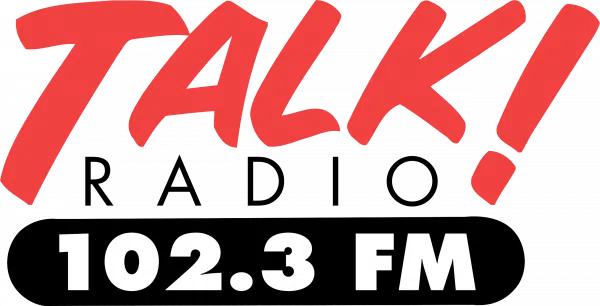The Federal Aviation Administration recently welcomed 600 recruits to its Oklahoma City Academy, its largest class to date.
The milestone reflects the agency’s effort to expand the air traffic controller workforce, which faces a shortage of about 3,000 qualified professionals.
Internal records show that the push is straining the academy. The Washington Post reported that its review of FAA documents shows a lack of instructors has forced managers to seek volunteers for double shifts, with many already working 60-hour weeks.
Instructors, often retired controllers in their 60s or 70s, even one in his 80s, are in high demand but say morale is low and the workload is unsustainable. Some report working 17-hour days.
The shortage of controllers has been a longstanding challenge, but gained new urgency after a January air collision over Washington, D.C., that killed 67 people. Investigators are reviewing whether staffing levels played a role.
In response, Congress and the Trump administration have supported efforts to speed hiring, including streamlined applications and incentive pay for hard-to-staff facilities. But training capacity remains a bottleneck.
Many instructors are contractors employed by Science Applications International Corp. A new labor agreement recently raised pay, travel reimbursements, and annual increases, though some instructors argue it still falls short of attracting enough qualified candidates.
Schedules show the number of double shifts at the academy grew by about 70% between March and September.
Classes begin at 7 a.m. and can run until midnight. With too few instructors, students sometimes receive less one-on-one guidance.
FAA officials stress that all trainees must still pass rigorous evaluations before advancing, and say they’re bringing in additional staff and educators from other disciplines to ease the burden. Retired controllers counter that practical training is best taught by those with direct operational experience.
Training costs about $130,000 per student, and as many as 40 instructors may be needed for a single class of 15 to 18 students. One-third of trainees don’t complete the program. Those who pass move on to FAA facilities for years of on-the-job training.
Despite the strain, instructors emphasize pride in their role. Yet many warn that the relentless pace risks undermining the quality of instruction just as demand for new controllers is rising sharply.
© 2025 Newsmax. All rights reserved.





